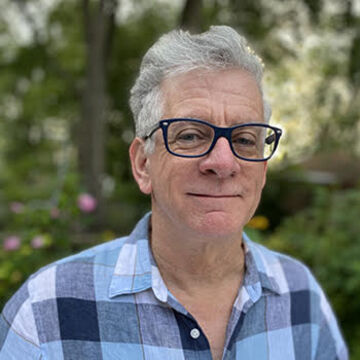

Markus Dohner
Lecturer
Contact
Bio
Education: BFA, 1978, University of North Texas, Denton, Texas; MA, 1979, Purdue University, West Lafayette, Indiana;.MFA, 1982, School of the Art Institute of Chicago. Teaching: Lecturer, The School of the Art Institute of Chicago: Contemporary Practices department, Adjunct Instructor, Visual Presentation and Exhibition Design department, Fashion Institute of Technology, NYC. Publications: Print Magazine, Casebooks: the Best in Exhibition Design. Awards: 3 Arts grant; CAAP grant Chicago Cultural Affairs.
Professional Practice: Since 2014, Markus Dohner Exhibition Design (owner, lead designer) contract exhibit design and planning for museums, libraries, and cultural venues. Past design clients: Crystal Bridges Museum of American Art; Eskenazi Museum of Art, Indiana University; National Public Housing Museum, Chicago; the Field Museum; the Brinton Museum, Big Horn, Wyoming; Chinese American Museum of Chicago; MCA Chicago. From 2000 to 2014 staff designer in a variety of Chicago museums and cultural institutions.
Personal Statement: I’m an artist-designer practicing exhibition design, a very exciting and expanding field. My practice is centered on museums and cultural venues. I follow a hybrid practice of combining art and design disciplines simultaneously. I move easily from two-dimensionally based art/design to three-dimensional projects that utilize time elements and physicality within a compendium of perspectives. Teaching at the college level takes me out of my comfort zone and exposes me to different modes of art-making, in the long run, it helps to improve my business model and professional practice.